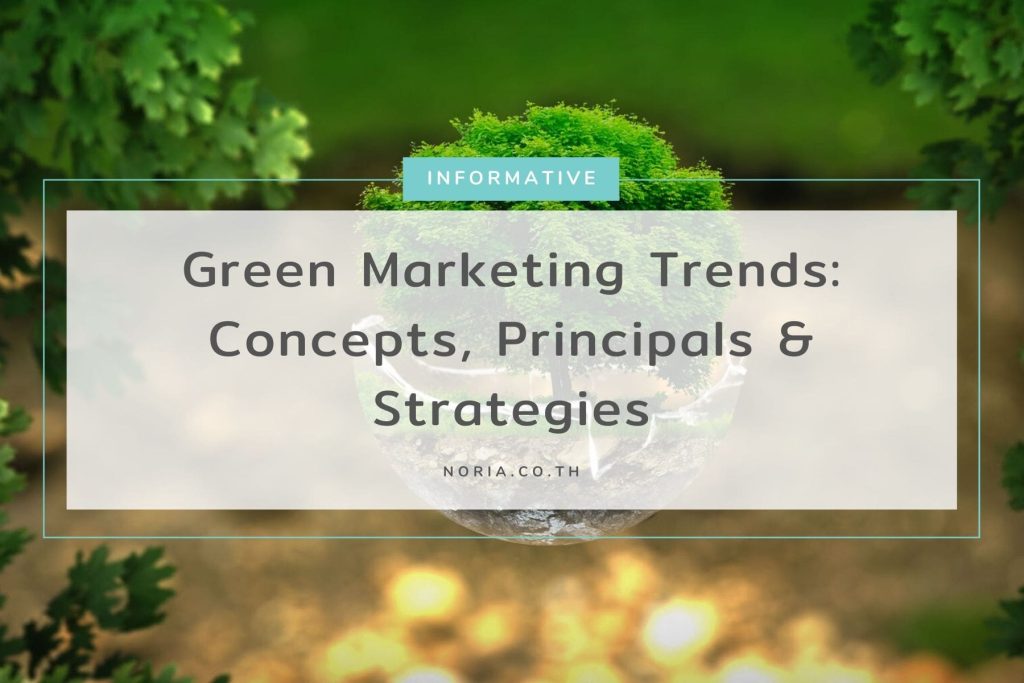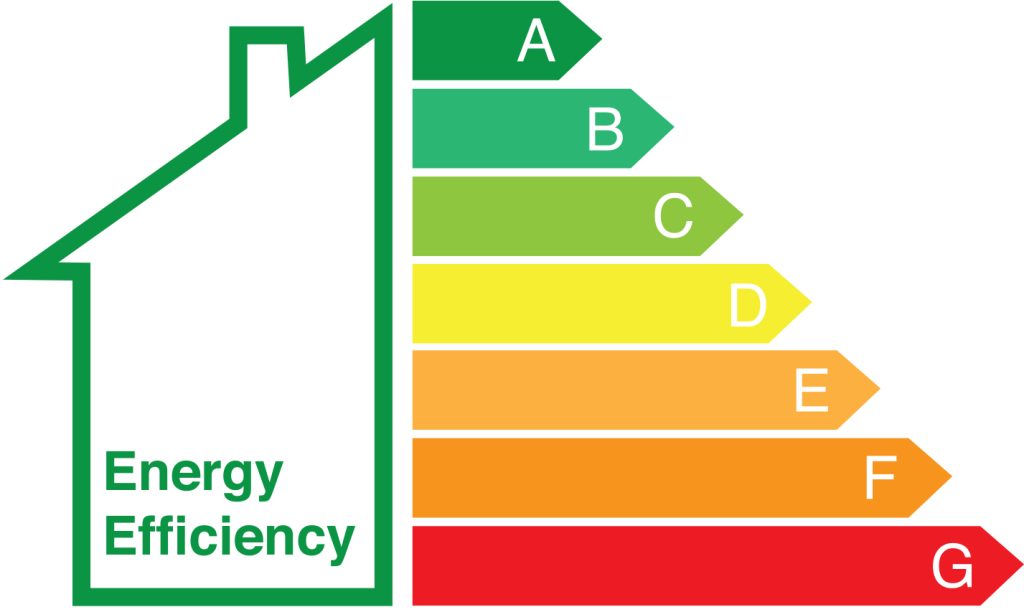The long-term trend of the past has been the ever-increasing dominance of humans over nature. But recently, people have realized the limitations of natural resources. Some companies have started experiments whereby they adopt environment-based values. These views confirm that we should live a more harmonious life with the environment and the earth. The American Recycling Association defines green marketing as the development and marketing of products that are environmentally safe. For example, products designed to minimize negative impacts on the physical environment or improve its quality. In other words, this marketing strategy supports the environment by creating recognizable environmental benefits based on what the customer expects.
In a simple definition of this word, it should be said that green marketing includes all activities that satisfy people’s needs and desires with minimal damage to the environment. In this way of marketing, it should be stated that the environment is less harmed, not that the environment is not harmed at all. This type of marketing is also defined by other names such as environmental marketing, environmentally friendly marketing, recyclable marketing, and sustainable marketing.

The 1980s can be introduced as the first stage of green marketing, in this period the term green marketing was presented and discussed. Consumables and how to use them optimally, according to the needs of future generations, gained more awareness and concern, and in this regard, the approach of green consumption became more common among people in the society.
The logic of this approach is to prevent economic activities from harming the environment through reducing production and excessive consumption. Green consumption is the effort of people to protect themselves and the environment around them and it shows the attention and concern of consumers towards the environment as a kind of social responsibility and not a legal requirement from the government and society. Therefore, green consumption deserves attention not only as a vital issue, but also as a long-term trend that reflects changes in social values.
Currently, green marketing is a very broad concept that can be applied to consumer goods, industrial goods and even services. Therefore, the green marketing mix as a wide range of activities includes product modification, changes in the production process, changes in packaging, etc. Also, this type of marketing provides a competitive advantage to companies that want to target green consumers.
Marketers are responding to growing consumer demand for environmentally friendly products in several ways, each of which is a component of green marketing. These methods include:
- Emphasis on the environmentally friendly features of the product.
- introducing new products according to the needs of customers; Products with high energy consumption efficiency, low waste, long life and eco-friendly.
- Redesigning existing products, according to consumer demand. Consumers are increasingly turning to marketing campaigns that emphasize the nature-friendly ethics and benefits of their company’s products for the environment.
An example of green marketing in the construction industry
Due to the increasing desire of consumers to live a green life, real estate development companies are trying to support the green real estate market by using sustainability benefits. Among these, energy efficiency is one of the most marketable advantages of sustainability. The Residential Energy Services Network (RESNET) helps homeowners make their homes more energy sustainable through a variety of services. The HERS index is used to measure the energy consumption of a house. The lower the HERS score, the more energy efficient the home.
A score below 100 means that the house wastes less energy than a similar house built in 2006, and a score above 100 means that more energy is wasted. If you are buying a car, you want to see how fuel efficient the car is. But don’t you try to (evaluate energy efficiency) when you are looking for a house? Therefore, providing a HERS index score for a residential house can make the green house more salable if it shows that the house is less expensive. Also, WalkScore can be considered as one of the criteria of a green house, evaluation of houses in terms of proximity to stores, restaurants and parks and ease of walking may also be used for energy rating in the future.

Also, the Appraisal Institute, a Chicago-based professional association, offers Residential Green and Energy Efficiency supplements for building industry professionals to use to document green features and improvements. Of course, energy efficiency and other green selling points at every stage of the sales and marketing process need more insight and research.

The difference between green marketing and social marketing
The basic differences between the concept of green marketing and social marketing are in these cases:
- An emphasis on the physical sustainability of the marketing process and its social acceptance
- A perspective for the inclusive and interdependent relationship between the fate of society and the environment
- A timeless perspective rather than a long-term perspective
- A view of the environment as something of intrinsic value above its usefulness to society
- Focus on global issues rather than specific social issues
In both concepts of social and environmental marketing, the emphasis is on the environment. Also, social responsibility is very prominent in both of these concepts. Marketing managers try to provide social benefits despite the existing limitations and costs. In fact, the border between these two concepts of marketing is very blurred and opaque. Green marketing and social marketing may be considered as just two different names that have been proposed in the field of sustainability and sustainable development. The results of these market-oriented activities can also be seen in increasing the interests of the company, customers and society.




